Philadelphia/Mt Holly
Weather Forecast Office

Severe Weather Awareness Week in New Jersey and Pennsylvania
April 24th through April 30th, 2016
Friday April 29, 2015
This is the fifth of a five part series on severe weather safety which will run each day during New Jersey and Pennsylvania's severe weather awareness week.
Today we discuss flood safety and the differences between a flood watch and a flood warning, and tell you what to do if a watch or warning is issued for your area.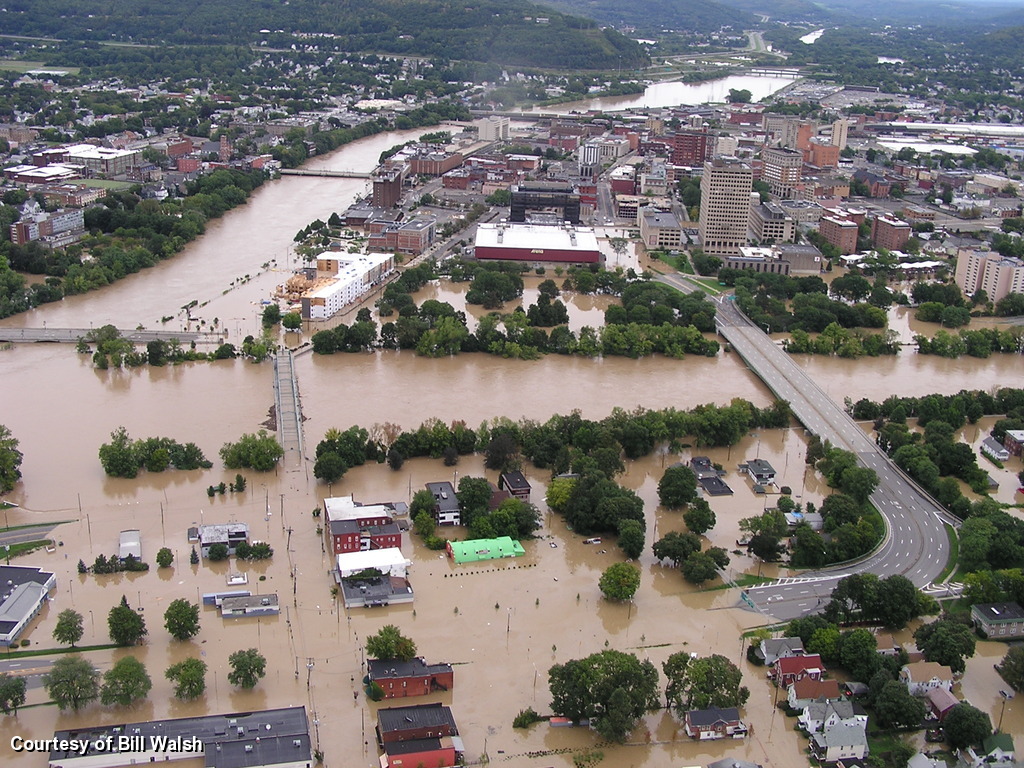
Floods can be deadly!
Floods are the number one killer in the united states among storm related natural hazards. The main cause of death during floods comes from automobiles being swept away by flood waters. Many people die needlessly in floods because they try to cross flooded roadways!
Central New Jersey and northeast Pennsylvania have a long history of floods. Devastating floods are no stranger to central New Jersey and northeast Pennsylvania. In fact, flooding ranks as the biggest threat to many communities in our region. There are many ways that flooding can develop over our area. Stationary thunderstorms caused a major flood in July 1935 and in the Poconos in May 2004 and June 2007 respectively. Tropical storms Agnes and Eloise both caused major floods over the area in 1972 and 1975 respectively. Rapid snow melt combined with heavy rainfall resulted in major floods in both January 1996 and April 2005. A tropical feed of moisture parked over the area for several days in June 2006 and caused significant flooding over a large portion of central New Jersey and northeast Pennsylvania. Tropical cyclones Irene and Lee also brought catastrophic flooding to our area in September 2011.
What types of floods are there?
Floods, which occur on small streams and creeks, when heavy rain falls in a short period of time are known as flash floods. They are the deadliest of all floods, and are the most difficult to forecast. Warning times can be very short. Flooding also occurs on our larger rivers and streams. A period of mild winter weather can cause ice on the river to break up, causing ice jam flooding.
What does a flood watch mean?
A flood watch means there is potential for flooding to occur, not that flooding is occurring. The watch is typically issued for several counties at a time, and ideally is issued 6 to 24 hours before flooding is expected. This way you will have enough time to prepare.
What you should do when a flood watch is issued?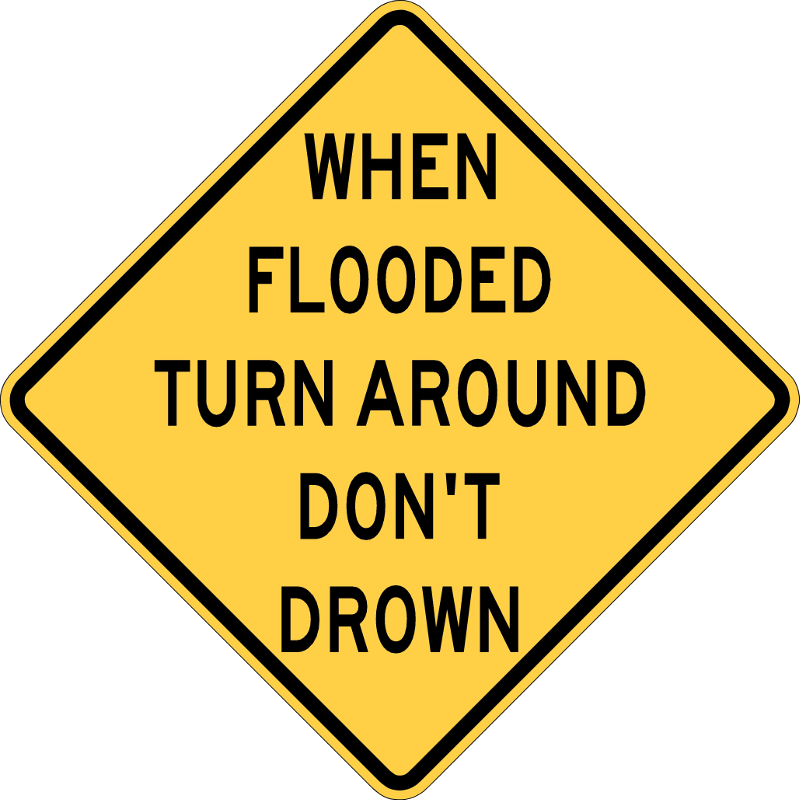
Go about your normal activities, but make periodic checks of NOAA weather radio, your mobile device, tv and radio stations for updates and possible flood warnings. Know which county you live in, and where you are in relation to streams, creeks or rivers, which can become killers in heavy rains.
If you live or work in an area which is prone to flooding, have a safe evacuation route to use if flooding occurs. Make sure everyone in your home or office knows where to go if flooding occurs. Have a battery operated radio, and several flashlights available and in working order. Take precautions to secure your property.
What does a flash flood warning mean?
A flash flood warning means rapid life threatening flooding is occurring, or will soon begin. You need to take action immediately to protect your life and property if you are in the danger area.
What you should do when a flash flood warning is issued?
Move to higher ground immediately and get out of the danger area. Never drive across bridges covered with water, or through areas where water covers the roadway. If your car stalls in a flooded or low lying area, abandon it immediately. Rapidly rising flood waters could easily sweep it away. Be especially careful at night, when it is harder to see flooded areas.
What does a river flood warning mean?
A river flood warning means that river levels will exceed flood stage on certain points along our larger rivers, like the Chemung, Susquehanna and Delaware rivers. River floods take longer to develop so they may not pose as much threat to life, but can take a much larger toll on property.
What you should do when a river flood warning is issued?
If you live in a flood plain, be prepared to evacuate if ordered to do so. Make sure you have all necessary items that you would need in the event that you cannot return home for several days. Make arrangements to protect your property by moving your valuables to higher ground, or an upper level of your home.
|
Presentation: Flashing Flooding and River Flooding - PDF format.
|
The weather safety topics for the remainder of the week will be as follows:
Use the blue tabs at the top of the page move through each day.
US Dept of Commerce
National Oceanic and Atmospheric Administration
National Weather Service
Philadelphia/Mt Holly
732 Woodlane Rd.
Mount Holly, NJ 08060
609-261-6600
Comments? Questions? Please Contact Us.


 Coastal Flood
Coastal Flood Marine Forecasts
Marine Forecasts Text Products
Text Products Climate Information
Climate Information Skywarn
Skywarn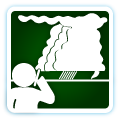 Submit Storm Report
Submit Storm Report Weather Event Archives
Weather Event Archives Forecast Discussion
Forecast Discussion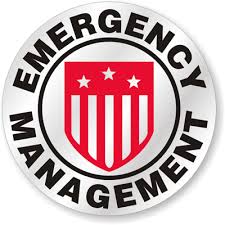 Emergency Managers
Emergency Managers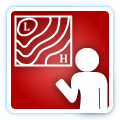 Briefing Page
Briefing Page